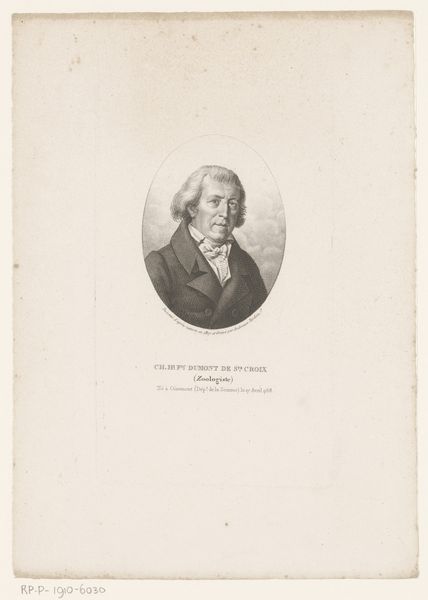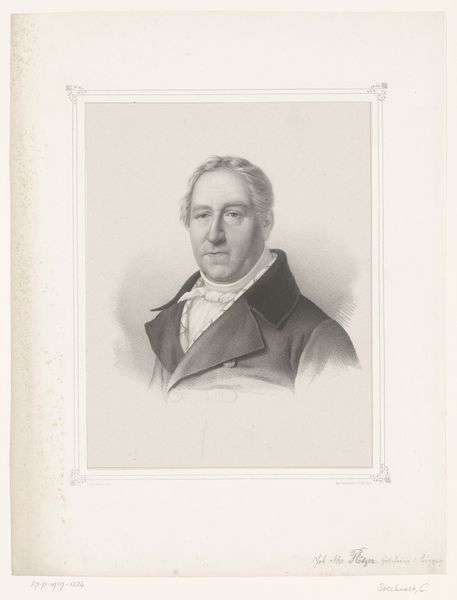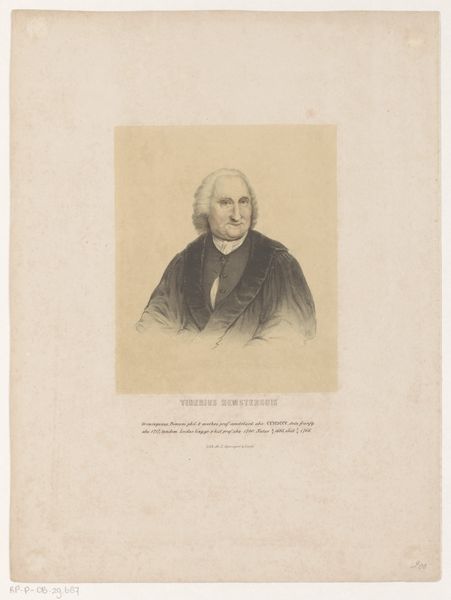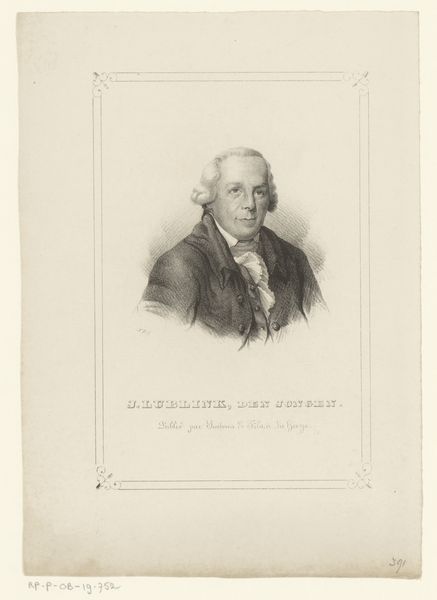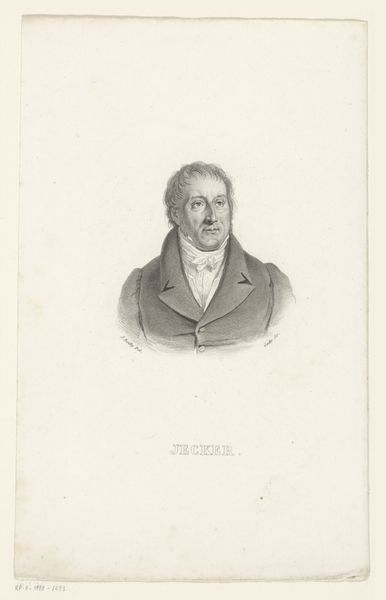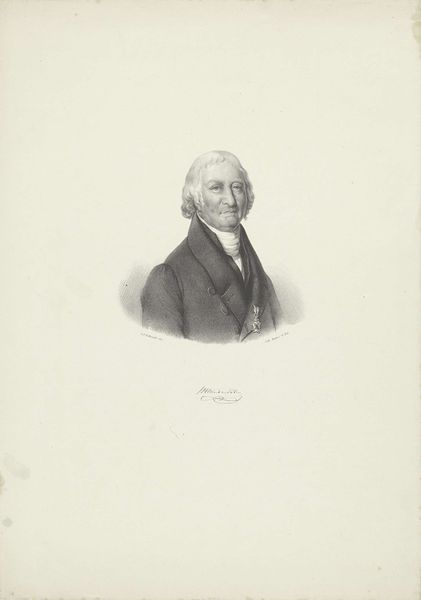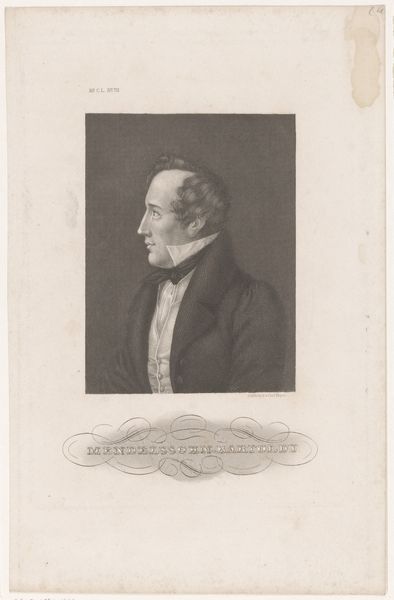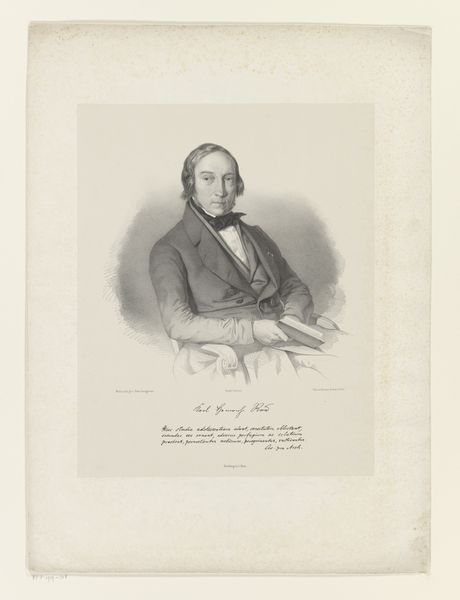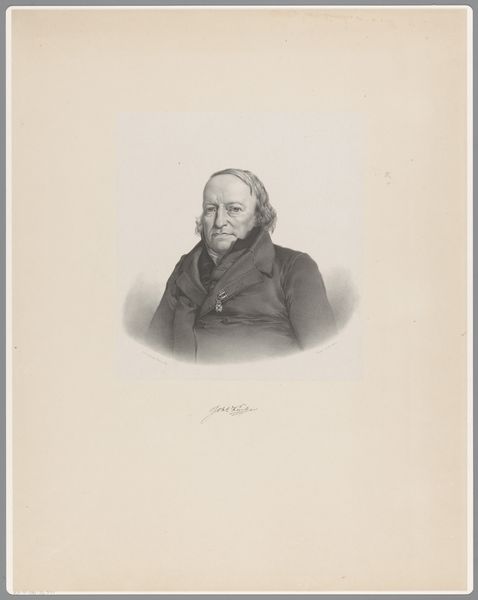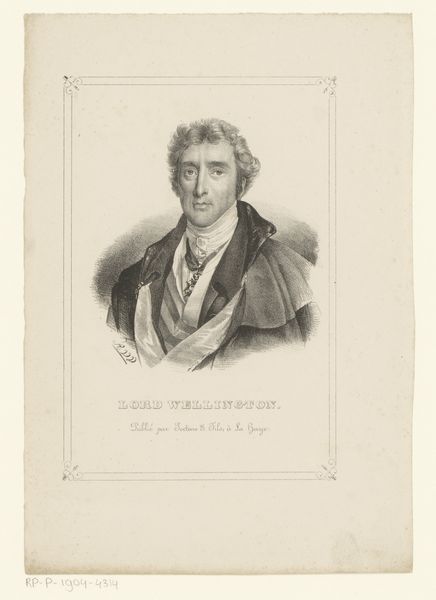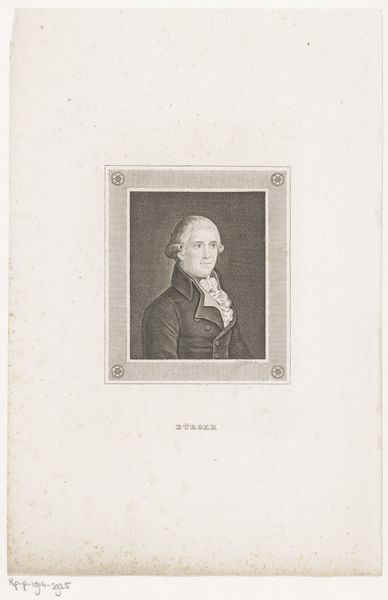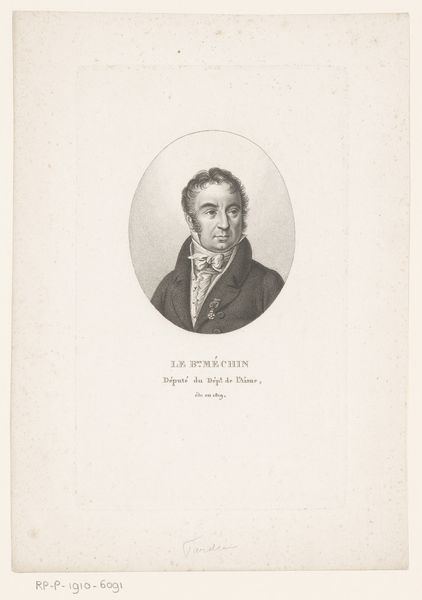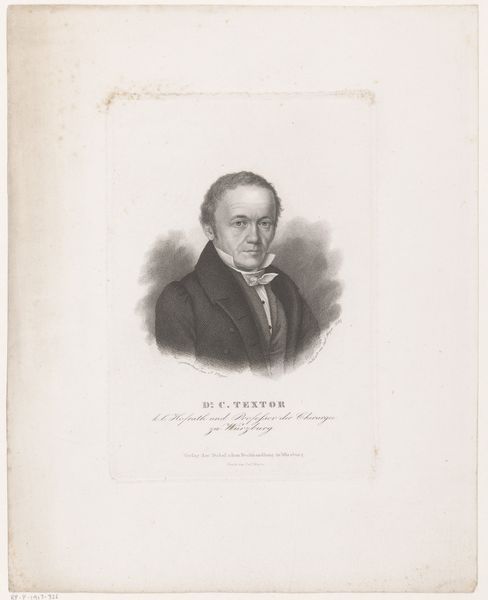
print, paper, engraving
#
portrait
#
neoclacissism
#
aged paper
#
light pencil work
# print
#
paper
#
line
#
history-painting
#
engraving
Dimensions: height 226 mm, width 141 mm
Copyright: Rijks Museum: Open Domain
Editor: Here we have Ambroise Tardieu's "Portret van Antoine Français graaf van Nantes," created between 1820 and 1821, a print, an engraving on paper. There’s a stillness to it; a very formal depiction. What strikes you about this work? Curator: Stillness, yes. Almost a…resignation in his eyes? Makes you wonder about the Count's world back then. Look at how Tardieu captures detail – the meticulous line work of Neoclassicism serving a slice of history. But portraits... portraits always whisper. I wonder what secret sat with le Comte, etched forever in ink. Do you get a sense of that internal narrative too? Editor: I do. The lines are incredibly fine; you notice his decorations, very detailed but somehow flattened in a simple composition. Is it usual for the artist's character to be revealed? Curator: Perhaps. Or perhaps our own imagination reads into the silence, finds patterns. Art as Rorschach, if you will. The rigid conventions of the portrait style become…a framework for interpretation. But does Neoclassicism restrict the artist or give an order in which they speak? Editor: Interesting, order could definitely be an asset for conveying history through a clear message. The opportunity is, instead, to challenge viewers! I see the historical context in the clean lines. Curator: Precisely. History speaks in its own dialect! An artist makes viewers want to interpret their message, a chance to reflect back onto a period and the count himself! Editor: This really makes you think beyond the image itself; the print embodies the character and era, asking, "Who was he, and why do you care?". Curator: Exactly. Like catching whispers in the halls of history. Delicious, isn't it?
Comments
No comments
Be the first to comment and join the conversation on the ultimate creative platform.
